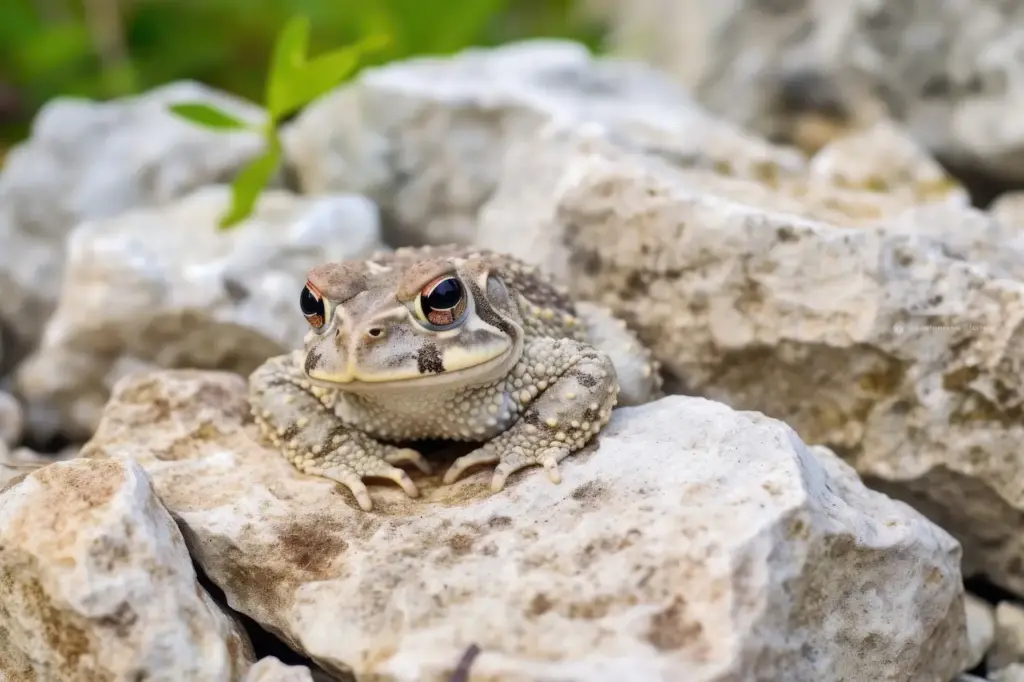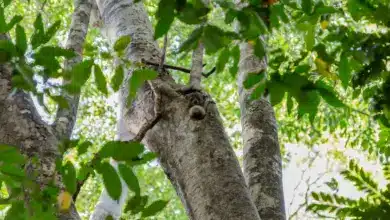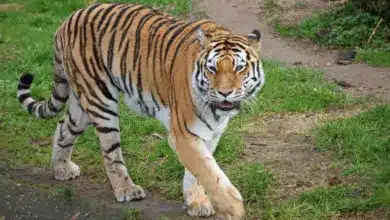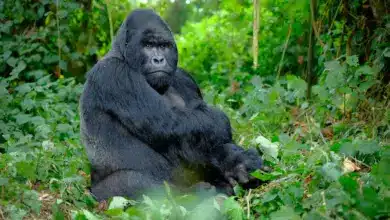Endangered Animal of Texas
Texas Has It's Own List Of Endangered Species Of Animals
Like all states, Texas is home to many species of animals that are protected under the U.S. Endangered Species Act (ESA). Also like other states, Texas maintains its own list of Endangered and Threatened species.
[ez-toc]
There are 145 Texas animals on the state list of endangered and threatened species, including 29 mammal species, 32 fish species, 24 snakes and other reptiles, 13 frogs, toads, salamanders, and other amphibians, and 17 endangered invertebrate species. Of all the species listed as endangered or threatened by the State of Texas, some are also protected as endangered or threatened under the ESA. Endangered or threatened animals listed by both the state and federal governments include 11 mammal species, 11 fish species, 6 reptile species, 13 amphibian species, and 2 invertebrate species. In addition, the ESA provides protection for another 19 insects, spiders, snails, and other invertebrates that are not listed as endangered or threatened by the state.
A listing as endangered or threatened protects a species and its habitat by legally restricting human activities that might push the species further toward extinction.
Mammals on both the state and federal lists include three cat species: the jaguar, the ocelot, and the jaguarundi (see photo, above), all of which are listed as Endangered. The jaguar likely no longer exists in the state. A fourth wild cat, the diminutive margay, is listed as Threatened on the state list alone.
The gray wolf and the red wolf are categorized as Endangered on both lists even though the gray wolf has likely been extirpated from the state, and the remaining 17 red wolves were rounded up many years ago and placed in captive breeding programs.
Also among Texas’ endangered and threatened mammals (one or both lists) are four bat species, two native rats, a mouse, 12 whales and dolphins, and the West Indian manatee, which is classified as an Endangered Species on both the state list and under the ESA.
Fish on one or both lists include the paddlefish (Threatened on the state list), the Devil’s River minnow (Threatened, both lists), the Comanche Springs pupfish (Endangered, both lists), and the smalltooth sawfish (Endangered, both lists).
There are 9 tortoise, turtle, and sea turtle species on the lists of endangered and threatened reptiles, along with 12 snakes, including the timber, or canebrake, rattlesnake. Among listed amphibians are 8 salamanders and newts, and 5 frog and toad species, including the Endangered (both lists) Houston toad, the Threatened (state only) Mexican tree frog, and the Threatened (state only) Mexican burrowing toad.
Birds classified as endangered species on both lists include the red cockaded woodpecker, the Southwestern willow flycatcher, the whooping crane, the golden-cheeked warbler, Attwater’s greater prairie chicken, the northern aplomado falcon, the piping plover, and the Eskimo curlew.
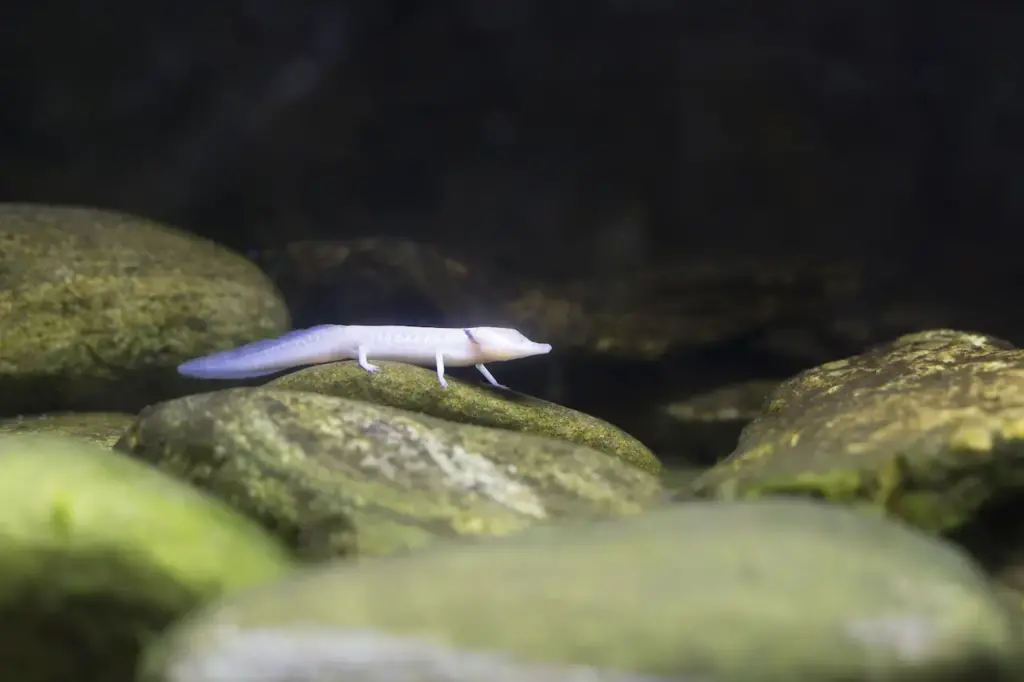
Of 16 snail and mollusk species listed by the State of Texas, only one—the Endangered Pecos Assiminea snail—is also protected under the ESA. Texas spiders, however—some of which have very colorful names— are protected only under the ESA. Some threatened and endangered spider species are the Tooth Cave spider, the Bone Cave harvestman, the Robber Baron Cave meshweaver, and the Bracken Bat Cave Meshweaver.
Likewise, the 9 protected insects in Texas—all of them beetles, and all of them classified as Endangered—are listed under the ESA, and are not on the state’s list of endangered and threatened species. The endangered beetles include the Coffin Cave mold beetle, the Tooth Cave round beetle, and the Comal Springs riffle beetle.
Look here for the full list of Texas species classified as Endangered or Threatened by the state or federal governments.
And for more details on Texas endangered species, including information on their habits and habitat,
look here.
